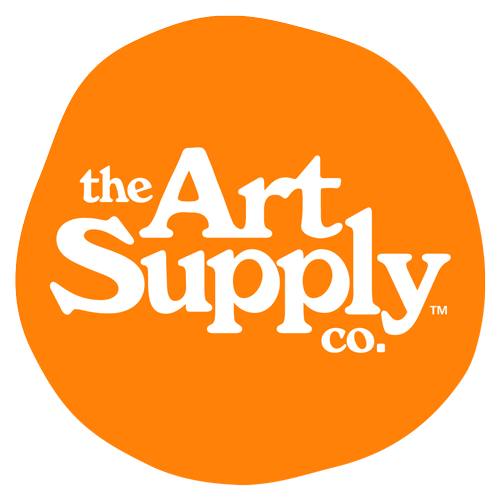Playing the Fool by Emma Riva
When I pulled The Fool from a tarot deck, I was sure at first that it was calling me stupid. After consulting the internet, I discovered that The Fool is actually one of the most positive cards you can get. It’s a beginning, number zero, the protagonist of the Major Arcana. The card shows a figure glancing upwards, a white rose springing out of one palm, the sun on their back in the upper corner of the card. Still, it’s hard not to read that sort of optimism and playfulness depicted in the card as stupid, inherently delusional, and childlike.
When I try to reflect on play, sometimes all I can come up with is “not work.” For most of us, childhood was the only time paid work wasn’t expected of us. As a result, we think of play as innocence, a time before expectations, before productivity. We’re surrounded by messaging that getting in touch with our inner child is the only way to really understand ourselves (a quick search for “inner child” on Instagram brings up a smorgasbord of reels and inspirational Canva graphics encouraging you to look at healed and unhealed parts of your past self in order to have a healthy adult life). But even this idea of healing presented in a cheerful self-help font can feel like another form of pressure towards self-optimization.
What if we took the language of naïveté, childishness, and innocence out of conversations about play? What if we rejected the idea that a playful art practice means returning to childlike innocence? Maybe true playfulness can come from approaching darker, less pleasant, or less socially acceptable emotions with an open mind and heart. This is where art comes in.
In the Carnegie Museum of Art, a gallery towards the back of the permanent collection entitled Night Poetry uses work by René Magritte, Francis Bacon, Louise Bourgeois, and Pittsburgh’s own Raymond Saunders to posit engaging with darkness as a worthwhile part of both making and viewing art. Night Poetry is fascinating to me because it urges viewers to look at art that transgresses or upsets—the ghoulish figures of Bacon’s Landscapes, the vast darkness and frenetic brushstrokes of Saunders’ titular Night Poetry piece, or the uncanny landscapes and figures of Magritte’s L’esprit de famille, in which a fish stares out at beachgoers in a mauve, otherworldly twilight. While museums are usually white-walled, this room’s grays and blues make it feel more intimate. Though these works embody a sense of play, it’s not because they’re childish or immature. What makes these works playful is their comfort with ambiguity in their strangeness. Darker color-scapes and less defined figures are by nature harder to see and make meaning more ambiguous, but sometimes looking at them yields a deeper reflection. If work—or any opposite of play—is strict, unpleasurable, and hard, play is soft, loose, sensual, and comfortable with the mess or confusion that can come with ambiguity.
“Maybe true playfulness can come from approaching darker, less pleasant, or less socially acceptable emotions with an open mind and heart. This is where art comes in.”
Ironically, one of the few areas in adult life where the language of play returns is in conversations around sexuality—what we usually think of as the total opposition of childlike innocence. This offers another way to look at play: pleasure. The Fool card shows the pleasure of a beginning. The figure is reveling in the moment. Endings are a lot more certain than beginnings, and that’s precisely why beginnings are so scary. But the novelty of anything wears off, so fetishizing innocence, freshness, and youth can sometimes leave you ultimately feeling empty, trying more and more techniques to zap yourself with the electricity of novelty again. The framing of play as inherently innocent and childlike equates it with purity, which quickly turns into self-judgment when you can’t pass your own purity test. On a practical level, embracing play in an art practice looks like seeing beginnings everywhere, even in the dark places.
Emma Riva is an art writer, author, and curator. She serves as the managing editor of UP, an international online and print magazine covering street art, graffiti, fine arts, and their intersections in popular culture. Emma is also the founder of Petrichor, a web magazine about the arts in Pittsburgh. Her work appears in Belt, Bunker Review, Widewalls, Pittsburgh Jewish Chronicle, Newcity, Whitehot Magazine, Table Magazine, Carnegie Magazine, and Rust Belt Girl. Additionally, she studied fiction at The New School and brings her imagination and love of storytelling to all of her projects. She lives on Pittsburgh’s South Side with her painting collection and her candles.


